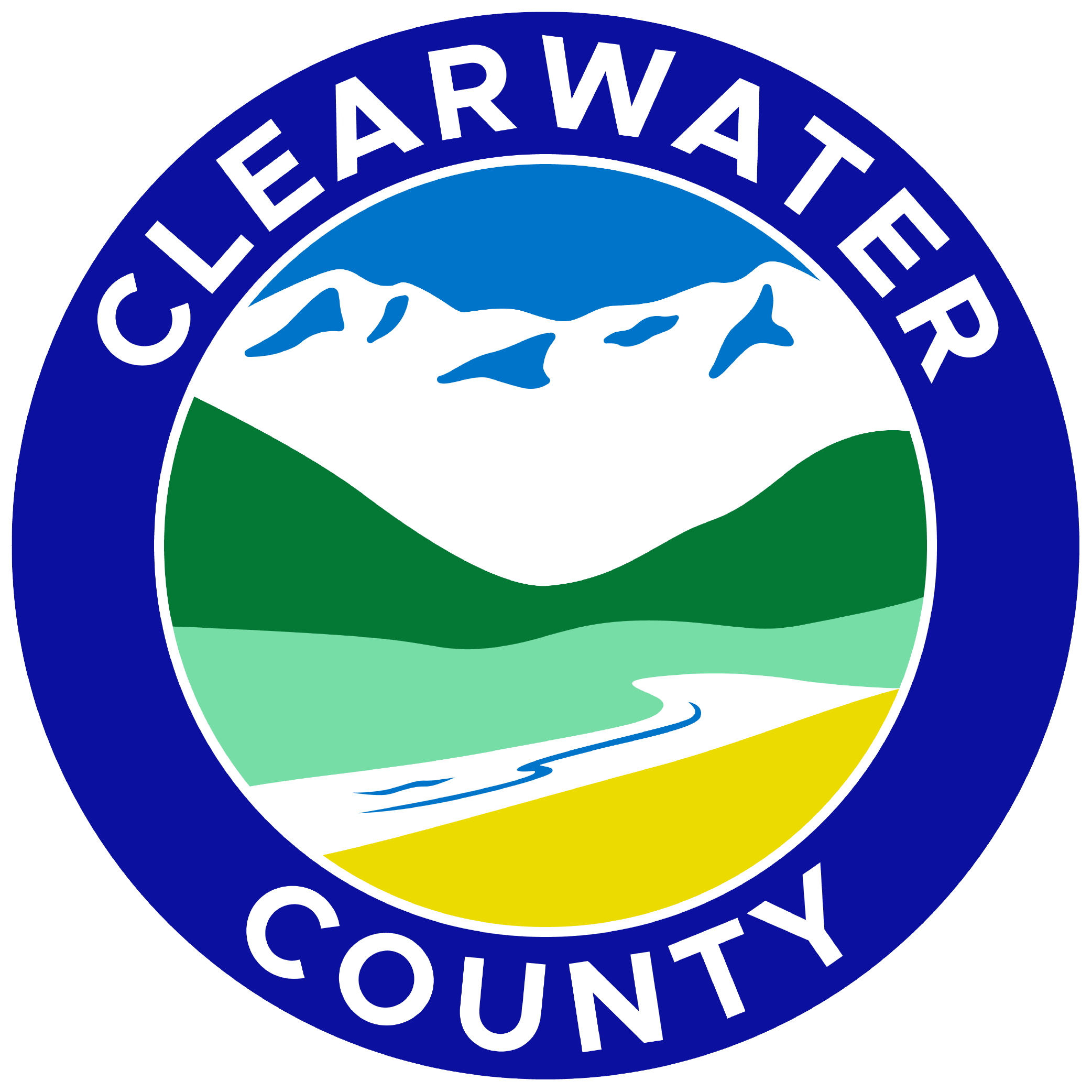Farm Rental Rates Survey by Clearwater County
Since 2018, the Government of Alberta no longer consistently tracks farmland rental rates. With changes in crops that are grown, increases in both yields and commodity prices, the available figures are no longer current or relevant.
Clearwater County’s Agriculture and Community Services department receives a high number of inquiries about local rental rates, which prompted the County to collect the data independently to assist in information distribution to County residents.
Clearwater County conducted the farm rental rate survey from September 2022 to May 2023.
Click here to view an analysis of this data.
OPEN SURVEY: Farm Rental Rates 2025-2026
Clearwater County’s Agriculture & Community Services is updating our farmland rental rate information to  reflect today’s crops, yields, and prices. Your input makes the data more accurate for everyone. Once complete, the results will be shared online at www.clearwatercounty.ca and with the agricultural community to help producers and landlords better understand current conditions (tentatively scheduled for release April 2026.)
reflect today’s crops, yields, and prices. Your input makes the data more accurate for everyone. Once complete, the results will be shared online at www.clearwatercounty.ca and with the agricultural community to help producers and landlords better understand current conditions (tentatively scheduled for release April 2026.)
- Survey open until March 1, 2026
- Survey link: https://arcg.is/1SmSuW0
- Paper copies available at the County office.
- Enter to win 1 of 3 $100 CHAMBER BUCKS!
Agricultural Services Board (ASB)
The Clearwater County Agriculture Services department, governed by the Agricultural Services Board (ASB), aligns with Council-approved programs under the provincial Agricultural Services Board Act. Serving as the agricultural voice to Council, we address local and broader issues, providing dedicated programs for the well-being of the agricultural community, focusing on resource preservation, and administering relevant legislation. Our vision is a thriving, sustainable agricultural community within a balanced rural setting.
Mission:
The Clearwater County ASB ensures high-quality services, safeguarding natural capital, quality of life, and public safety.
Values:
- Integrity: Supporting local research and delivering reliable, objective information.
- Partnership: Connecting with local, provincial, and national resources.
- Accountability: Achieving our mission transparently and efficiently.
- Commitment: Approachable and responsive.
- Representation: Focusing on the overall community's best interests.
Board Structure:
Comprising two Councillors, five Farmer Members at Large, and an alternate, the Board adheres to the ASB Act. Terms for Farmer Members are four years, extendable for a second term. Subcommittees include members from the Board and the community.
Provincial Agricultural Service Board Act and Regulation:
The Act establishes ASBs for municipal districts or specialized municipalities, overseeing activities like soil conservation, weed control, disease management, and sustainable agriculture promotion. The Minister can fund these activities through agreements with ASBs, with advisory committees and agricultural fieldmen aiding operational functions.
Explore further:
Alberta Environmental Farm Plan (EFP)
 The Environmental Farm Plan (EFP) is a voluntary, whole farm, self-assessment tool that helps producers identify their environmental risks and develop plans to mitigate identified risks.
The Environmental Farm Plan (EFP) is a voluntary, whole farm, self-assessment tool that helps producers identify their environmental risks and develop plans to mitigate identified risks.
Clearwater County has an EFP technician available to assist producers in starting, updating or completing an environmental farm plan.
To learn more about an Environmental Farm Plan click here.



